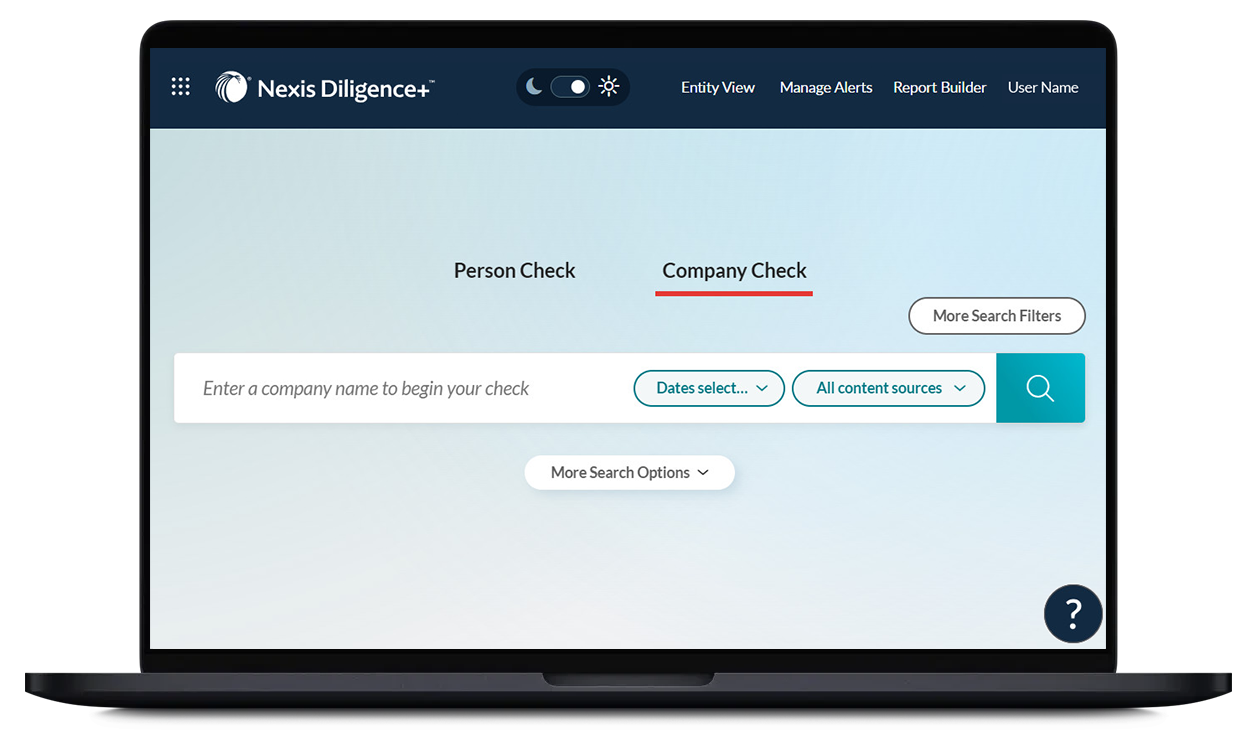Cut through the clutter with our media monitoring software
With a media monitoring service that provides key news and events impacting your organisation, you can make data-driven decisions with confidence. Whether you need to monitor global news or social media online posts, this too offers enriched insights.




